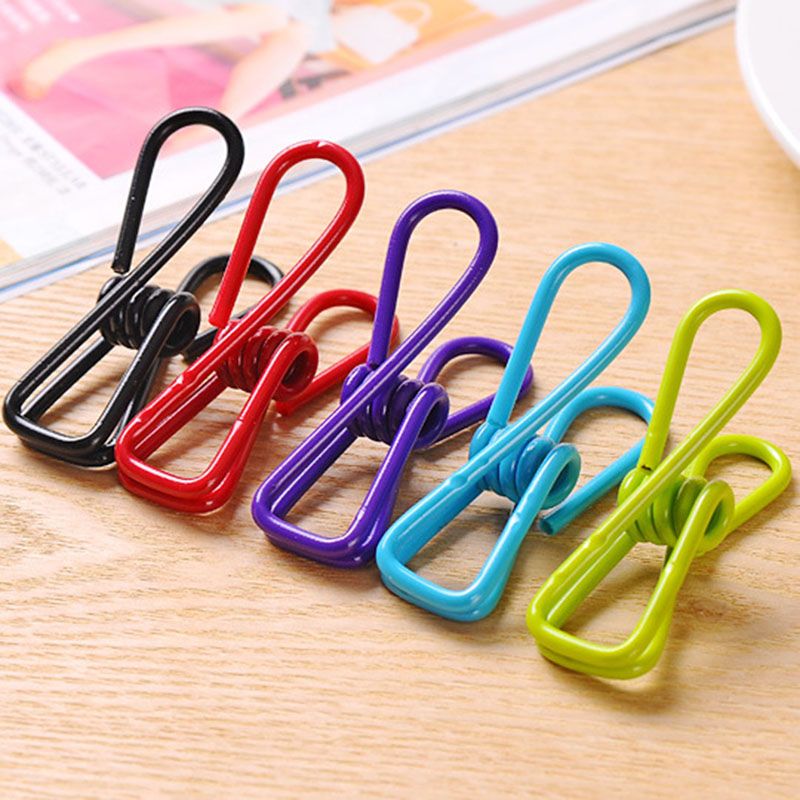
Each clip can be opened as an effect with the ability to control frame size and position within the SD or HD raster. These files are automatically resized when edited into an SD or HD sequence. The FrameFlex feature enables the use of video sources that are larger than HD is size without loss of resolution. Media Composer 7 is the first version to change that. Until now, Media Composer was locked to SD and HD video frame sizes and didn’t offer any source-side editing capabilities. This can be as small of an action as setting up files for AMA linking or can include transcoding to a predetermined codec. It can be set to perform several functions, once you copy files into a designated folder. Depending on the rules you set up, the DMF Service can run whether or not Media Composer is running. This is a watch folder system that allows you to copy, transcode or consolidate media in the background. Media Composer 7 gives you that option depending on your workflow needs.Īnother background service is Dynamic Media Folders. Foreground transcoding is even faster, but you can’t do any other work.
PLURALEYES 4 ERROR CLIP DURATION UNKNOWN MAC
When the computer is only engaged in the transcode function, the conversion occurs in less than the total running time of the footage (as tested on my 8-core Mac Pro). Naturally, the speed of transcoding will depend on what else the computer is tasked with at any given time and the priority level assigned. This enables the editor to continue working without this operation holding up the system.

When you opt to transcode AMA files, you can choose to run that in the background and set a priority level for these background services. One big new feature is the ability to transcode in the background, with the introduction of Background Services. New Features: background services and high-resolution formats In short, there are three ways to bring in files: traditional import, AMA-linking (direct access to the files) or transcoding AMA files into MXF media. Files that don’t match are transcoded on import, thus changing the video “essence”, such as the codec type. That means files are only copied and rewrapped without alteration. Media that already matches native codecs, including DNxHD, XDCAM, ProRes, AVC-Intra and others, will “fast import”. This makes direct editing with AMA-linked files more solid than in earlier versions.ĭepending on the installed AMA plug-ins, Media Composer 7 supports a wide variety of native camera formats, including media from RED, ARRI, Canon, Sony and Panasonic cameras. Media Composer will track the AMA files, just like it does with its own MXF folders. When files are imported using AMA, a folder is created on the user’s hard drive with database information and small AAF files that point to the location of the actual media. With Media Composer 7, AMA takes a big leap forward, with linked files becoming Avid-managed media, just like Avid’s internal MXF files. AMA is an architecture to directly link to native camera formats without conversion. This started to change with the introduction of Avid Media Access a few versions ago. Media Composer has traditionally ingested media and converted it into a native Avid format, but media handling has been undergoing big improvements.

Other options include Script Sync and PhraseFind. Along with new features, it has been reduced in price to $999 and the big brother Symphony is now available as a $1499 add-on.
PLURALEYES 4 ERROR CLIP DURATION UNKNOWN PROFESSIONAL
While it’s not always the flashiest product, Avid’s flagship Media Composer editing application delivers the toolset that professional editors rely on to be productive. Avid continues to be the dominant force in television and film editing in spite of being challenged by strong offerings from Apple, Adobe, Grass Valley and others.


 0 kommentar(er)
0 kommentar(er)
